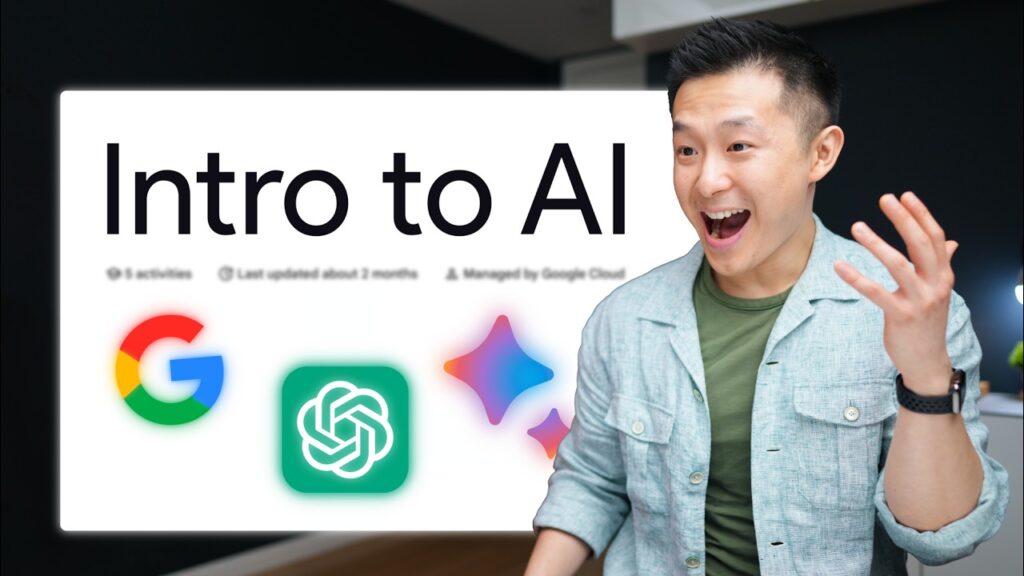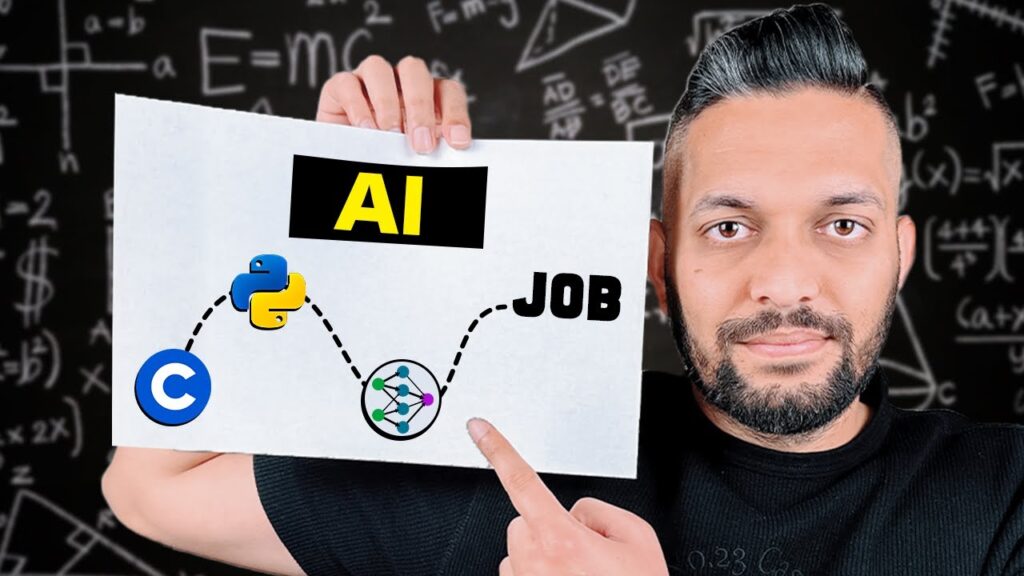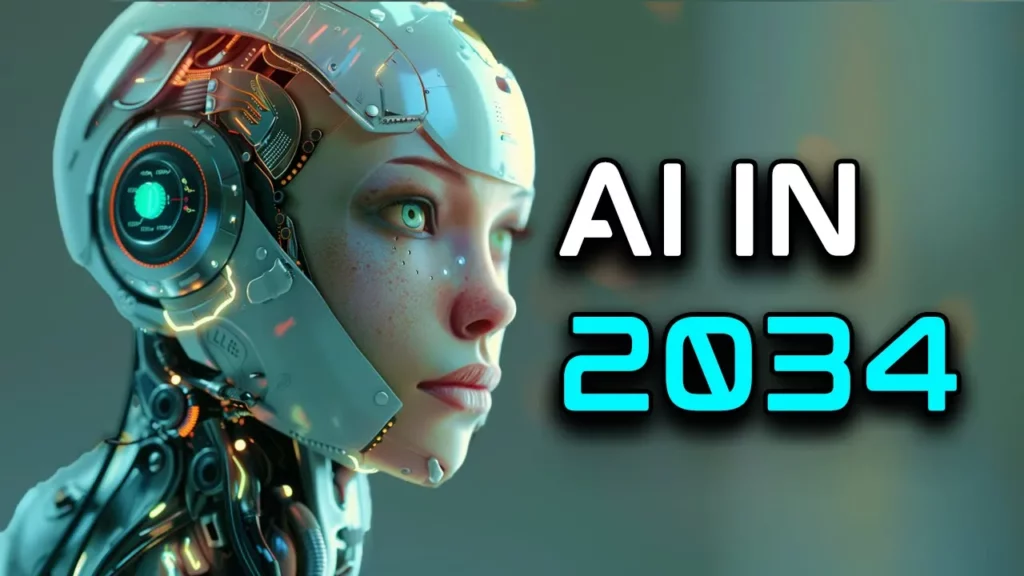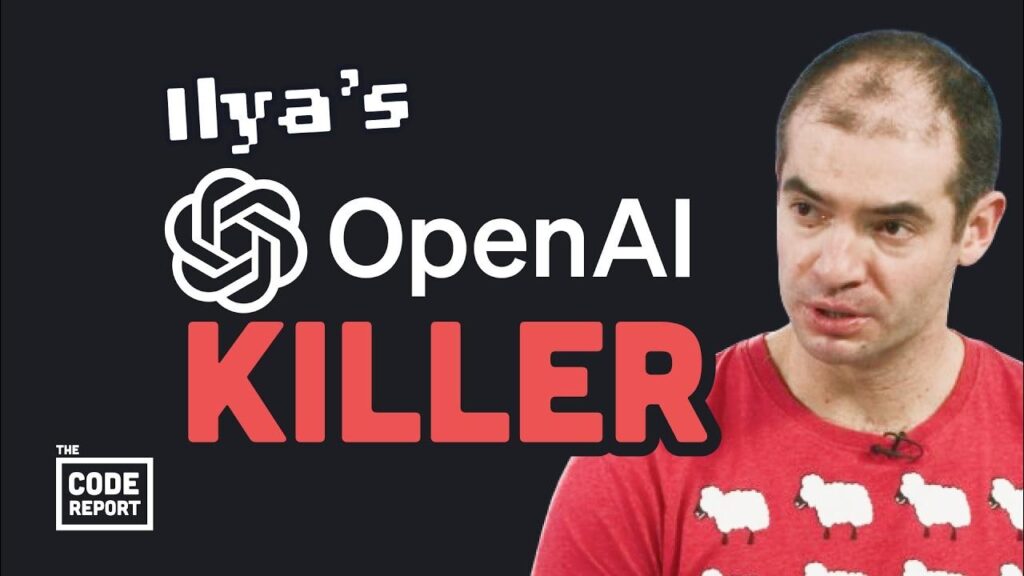Artificial Intelligence (AI) has become a buzzword in today’s tech landscape, with many products and services labeled as AI-driven. However, the reality of AI is far more nuanced than what meets the eye. The popular perception of AI often aligns with the portrayal of artificial general intelligence (AGI) in science fiction, featuring machines capable of reasoning and cognition akin to humans. In contrast, what we commonly refer to as AI is predominantly narrow AI, specialized in performing specific tasks through algorithms and data processing.
The discrepancy between AI’s portrayal in fiction and its practical applications lies in the evolution of technology and language. Machine learning, a subset of AI, plays a vital role in training algorithms to analyze patterns in data, enabling tasks such as text generation, predictive analytics, and image recognition. While machine learning models like GPT-4 Omni excel in processing natural language and generating output based on learned patterns, they are constrained by their training data and lack the reasoning abilities associated with AGI.
Despite its limitations, machine learning has proven invaluable in various fields, from disease diagnosis to web traffic analysis and even video games. These applications showcase the power of specialized AI models in handling complex scenarios that require data interpretation. However, the transcript emphasizes that AI’s current capabilities do not align with the grand promises often marketed by tech companies.
The discussion extends to the implications of misleading AI marketing, particularly in contexts like autonomous vehicles. The case of Tesla’s overpromising on the autonomy of its vehicles serves as a cautionary tale, highlighting the dangers of exaggerated AI claims and their potential impact on user safety. As AI continues to permeate various industries, it is crucial to distinguish between realistic applications of machine learning and the realm of true artificial general intelligence.
In conclusion, the blurred lines between AI hype and reality necessitate a deeper understanding of the technology behind the terminology. While AI has revolutionized the way we approach complex problems, it is essential to demystify misconceptions and acknowledge the current limitations of machine learning algorithms. Only by embracing a nuanced perspective on AI can we navigate the evolving landscape of technology responsibly and ethically.












